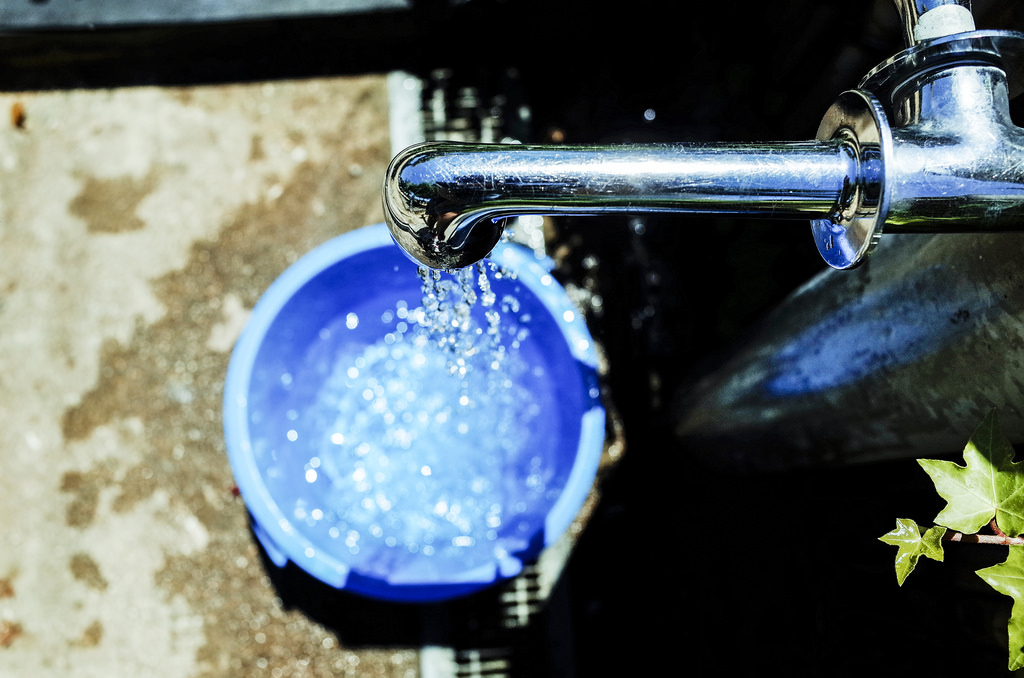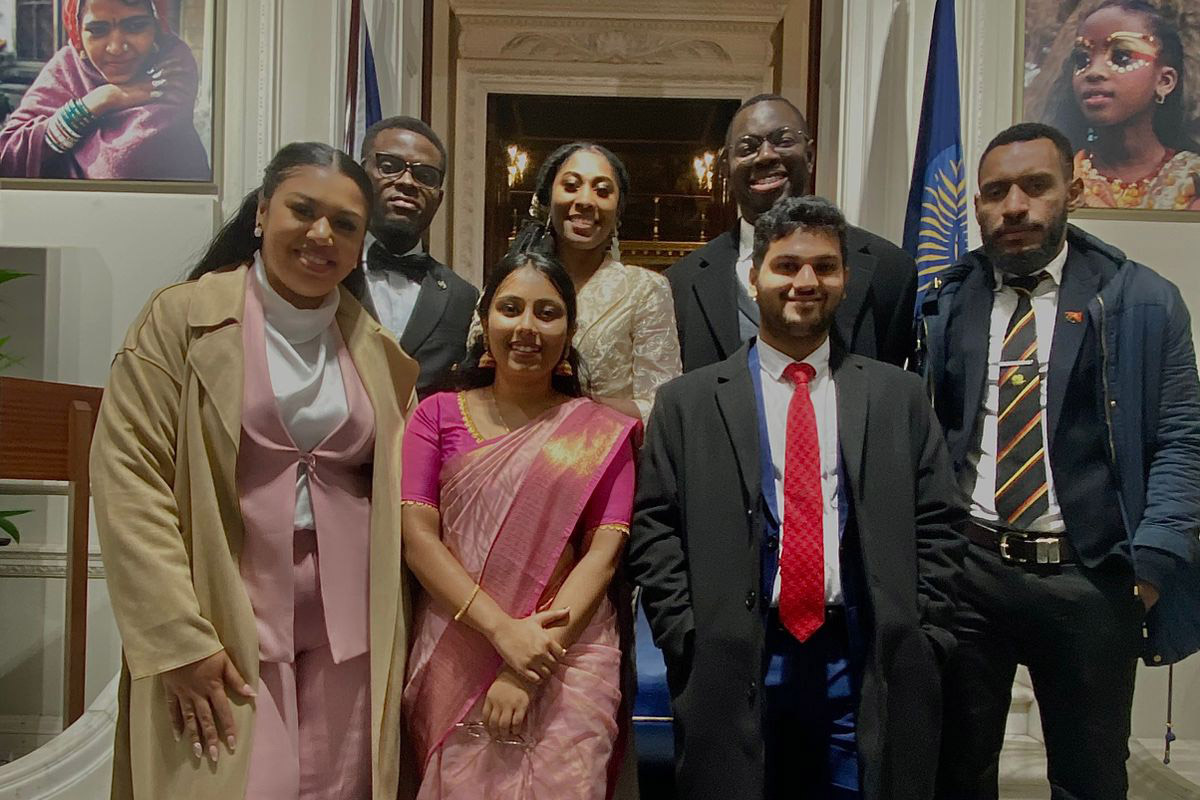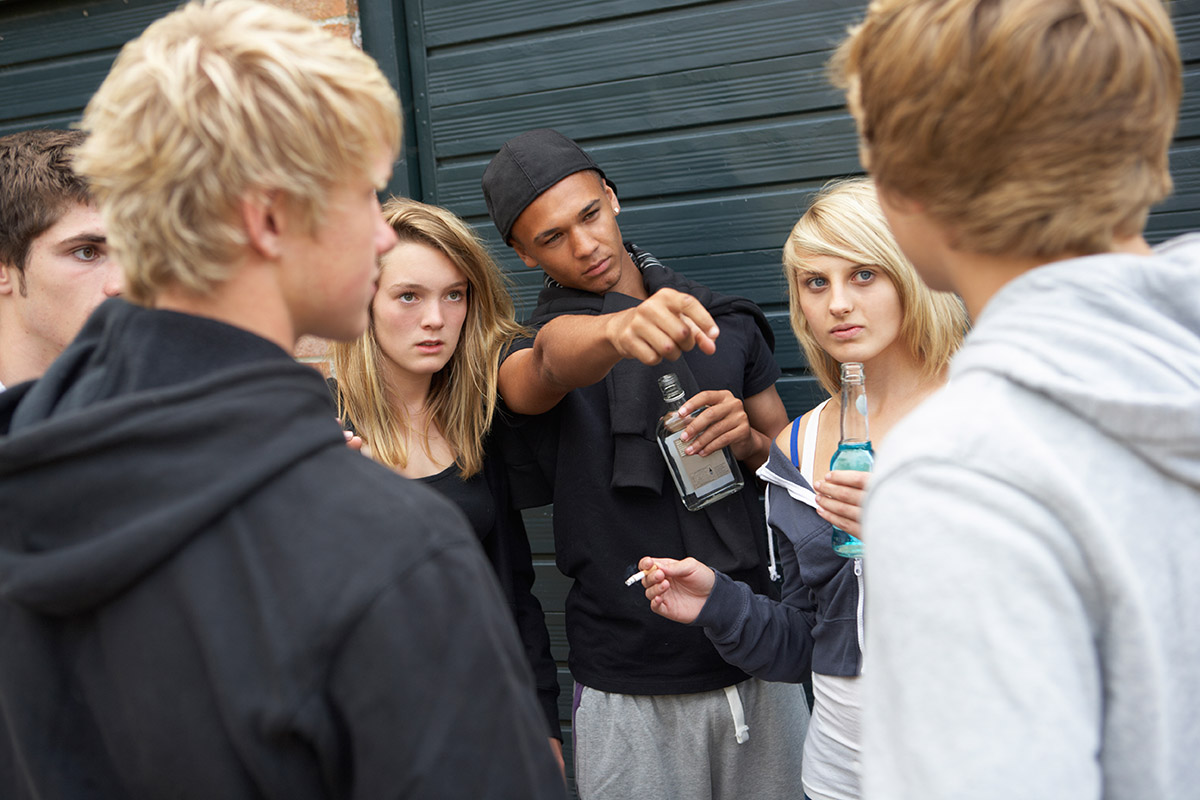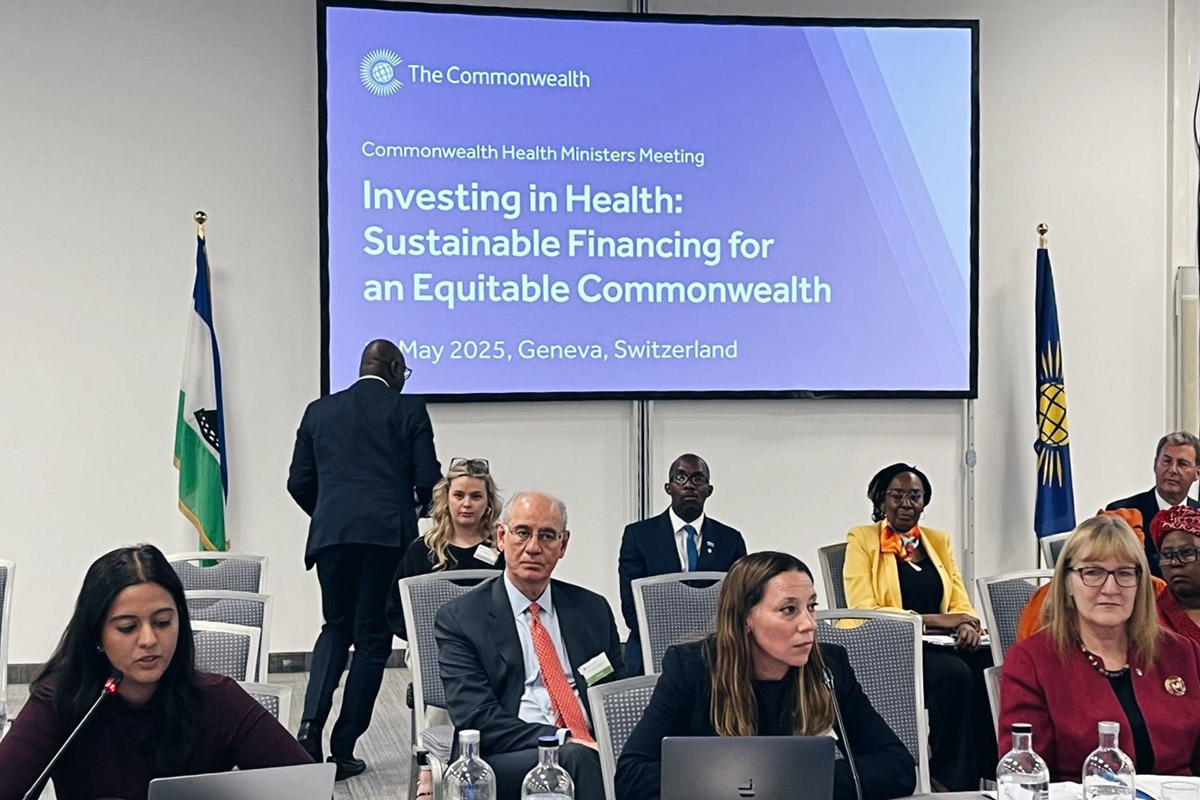“Water is integrated into the SDGs”
August 16 The issue of clean and available water is at the heart of intertwined Sustainable Development Goals, writes Lorna Nyaga, 29, a Correspondent from Nairobi in Kenya, as she examines the interaction around this essential need.
The issue of clean and available water is at the heart of intertwined Sustainable Development Goals, writes Lorna Nyaga, 29, a Correspondent from Nairobi in Kenya, as she examines the interaction around this essential need.
The UN describes the Sustainable Development Goals (SDGs) as a set of 17 international targets aimed to be achieved in 2030. They are a build up from the Millennium Development Goals (MDGs) whose time lapsed in 2015. These goals aim to address the three pillars of sustainable development which are people, environment and economic development. To achieve these goals, it is necessary that different stakeholders collaborate for sustainable outputs.
More often than not, when referring to the sustainable goal related to water, we refer to Goal No. 6 which is ‘Ensure availability and sustainable management of water and sanitation for all’. A closer look at the other goals reveals an intricate link to water and Goal 6.
Goal 6.1 and 6.2 aim to achieve safe and affordable drinking water for all, and adequate and equitable sanitation and hygiene. These goals are closely linked with Goal 11.1 which aims to ensure that all have ‘basic services’ including water and sanitation, electricity and waste management among others. They also have a relationship with Goal 3.3, where water-borne diseases such as cholera and typhoid are among those that need to be combated. Majority of the water borne diseases come about as a result of poor hygiene and sanitation facilities.
Goal 6.3 aims to improve water quality by reducing pollution, which would then achieve Goal 3.9 which is to ‘substantially reduce the number of deaths and illnesses’ from water pollution and contamination, which is listed along with soil and air pollution contamination. This can be achieved if Goal 12.4 is implemented. This goal aims to ‘ achieve environmentally sound management of chemicals and all wastes throughout their life cycle in accordance with agreed international frameworks and significantly reduce their release to air, water and soil to minimise their adverse impacts on human health and the environment’.
Goal 6.4 focuses on the water use efficiency across all sectors.
Dr. Prakash of University of Mauritius rightly illustrates the relationship of water with other sectors with the ‘Nexus Perspective’. Water is therefore directly linked to Goal 2 on food security and sustainable agriculture. Water of appropriate quality and quantity is essential for food production, according to the High Level Panel of Experts on Food Security and Nutrition. This includes fisheries, crops and livestock. It is also essential for food processing, transformation and preparation. To ensure that Goal 2.3 on ‘doubling the agricultural productivity’ and Goal 2.4 on ‘ensuring sustainable food production systems’ are achieved, it would be necessary to ensure that sustainable watershed management is implemented.
Energy, as mentioned in Goal 7, has water at the core. An Overview of Energy, a document published by Pate et al in 2007 states that, ‘Water is an integral element of energy- resource development and utilisation. It is used in energy resource extraction, refining, processing and transportation, as well as in hydroelectric generation, thermoelectric power plant cooling and emissions scrubbing’. To ensure that this goal is efficiently met, other forms of alternative energy such as wind, solar and biogas would also have to be put into use.
Goal 6.5 aims to ‘implement integrated water resources management at all levels, including through trans boundary cooperation as appropriate’. The first part of the goal on Integrated Water Resources Management calls for participation and inclusion of women, which Goal 5.5 addresses by ensuring that there is ‘women’s full and effective participation and equal opportunities for leadership at all levels of decision-making in political, economic, and public life’.
The second part of Goal 6.5 on transboundary cooperation relates with Goal 10, as this ensures that there is a ‘Reduction of inequality within and among countries’ through equitable distribution of shared water resources.
Finally, Goal 6.6, whose target is to ‘ protect and restore water-related ecosystems, including mountains, forests, wetlands, rivers, aquifers and lakes’ is without much explanation directly linked to Goal 13 which aims to ‘ Take urgent action to combat climate change and its impacts’ and Goal 15 whose aim is to ‘Protect, restore and promote sustainable use of terrestrial ecosystems, sustainably manage forests, combat desertification, and halt and reverse land degradation and halt biodiversity loss’.
As the youth, we play a vital role in the successful and sustainable management of water resources and in the long run, the successful achievement of the sustainable development goals. We have the responsibility of articulating our needs and this can only be possible with active participation in matters regarding the management of not only water but also of all our resources. As a vibrant human resource, we also have a responsibility of understanding our environment and sharing our knowledge with the younger generations.
For more on the SDGs, visit: https://sustainabledevelopment.un.org/topics/sustainabledevelopmentgoals
Reach me on Twitter @gr33n3l3l3m3nt
Blog: gr33n3l3m3nt.wordpress.com
photo credit: After Summer Afternoon via photopin (license)
…………………………………………………………………………………………………………………
About me: I am an environmentalist and currently a graduate student at Kenyatta University doing a Masters of Science in Integrated Watershed Management. I am passionate about nature conservation and enjoy learning and sharing knowledge through applied research, teaching and writing on all to do with environment and sustainable development.
My ambitions include being the most sought after environmental researcher and community educator in the country and eventually in the region and continent.
…………………………………………………………………………………………………………………
Opinions expressed in this article are those of the author and do not necessarily represent the views of the Commonwealth Youth Programme. Articles are published in a spirit of dialogue, respect and understanding. If you disagree, why not submit a response?
To learn more about becoming a Commonwealth Correspondent please visit: http://www.yourcommonwealth.org/submit-articles/
…………………………………………………………………………………………………………………




